Among the many interesting new weapons introduced in Dead Cells: Return to Castlevania DLC, the Whip Sword stands out the most. This is because it’s unique not just within the DLC, but within Dead Cells as a whole, as the first melee weapon that can switch between two different forms. This opens up a lot of new avenues in combat, making the question of how to use the Whip Sword in Dead Cells: Return to Castlevania DLC less straightforward than it may be for other weapons.
Fear not, however, as our comprehensive guide is here to answer that tricky question for you. Read on to learn the ins and outs of this wacky new weapon.
How to switch up your Dead Cells runs with the Whip Sword
How to unlock the Whip Sword
- Screenshots by PC Invasion
First things first, before you can master the Whip Sword, you’ll need to add it to your arsenal. You can do so by collecting its blueprint, which is dropped by the Harpy enemies that appear in the Castle’s Outskirts and Dracula’s Castle biomes. Once you have the blueprint, you can unlock the Whip Sword via the Collector for 100 Cells.
How the Whip Sword works
While most of the weapons in the Return to Castlevania DLC draw inspiration from classic Castlevania titles, the Whip Sword takes more cues from 2015’s Bloodborne, and its innovative, shape-shifting trick weapons. Just like these tricksy tools, The Whip Sword has two distinct forms: a sword and a whip. It takes up both of your weapon slots, and you can switch between the two forms at any time by pressing the weapon 2 button. (Y on Xbox controllers, Triangle on Playstation ones)
Like in Bloodborne, the act of switching itself is the key to big damage here. If you switch the form of the Whip Sword right after an attack, you’ll inflict critical hits for the next two seconds, which rewards quick, frequent switching during combat. When you fulfill this condition successfully, a red glow will appear around your head for two seconds. It’s a good idea to practice the timing on this quick-switch technique before you take the weapon out into the field, as it’s crucial to dealing high damage. It’s also worth noting that the Whip Sword scales purely with Brutality, making it best in a Brutality-focused build.
Good and bad use cases
- Screenshots by PC Invasion
Because of its dual forms, the Whip Sword has more use cases than most weapons and the versatility necessary to adapt to changing combat circumstances. In sword form, the weapon deals quick, close-range strikes. In whip form, attacks are slower but cover a wider range. This is a simple trade-off to understand and one that can easily be applied to different scenarios in the game.
For example, if you’re facing small flying enemies, or foes with ranged attacks, you’ll likely want to switch to whip mode and take them out from a distance. When dealing with slow, bulky opponents, encounters where you can get in close, the sword form is superior since it lets you deal more hits in the same time frame.
- Screenshots by PC Invasion
That said, the difference between the two forms isn’t huge, and the critical hit condition encourages frequent switching in between attacks, so the best way to play the Whip Sword is to lean into this and switch forms as often as you can. This may feel chaotic at first, but you’ll soon get used to the rhythm and deal much higher damage as a result. This style of play works best when you stay close to enemies so that both forms can land hits successfully, so prioritize dodging around enemies and moving within their ranks if this is the route you plan to take.
While it’s a tricky weapon to get used to at first, the Whip Sword provides ample incentive to do so, and can dish out immense damage once you’ve mastered its unique back-and-forth playstyle. Once you know how to use the Whip Sword from Dead Cells: Return to Castlevania DLC properly, you’ll be able to dispatch your foes with both speed and style.

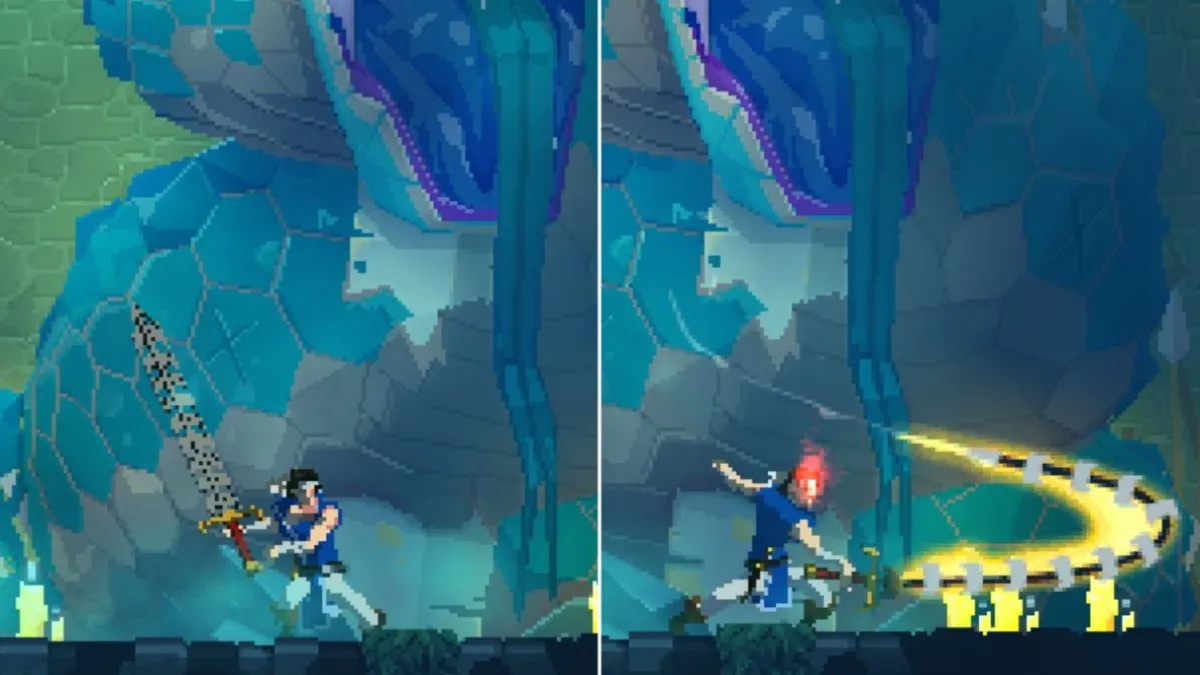
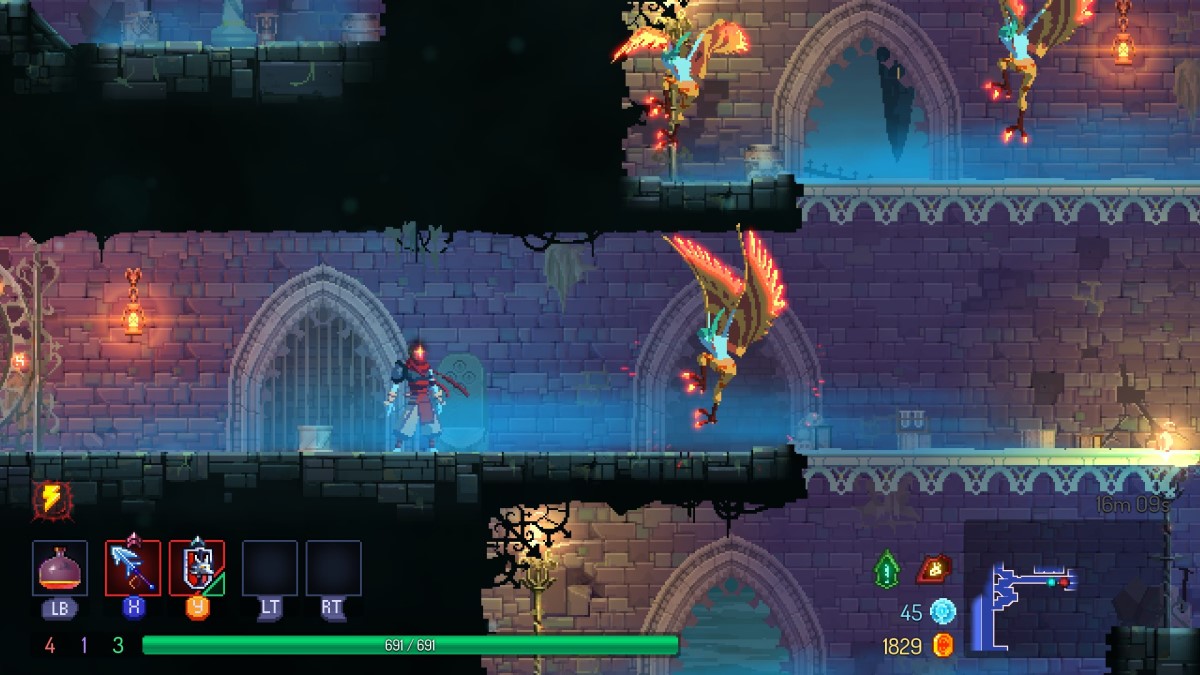
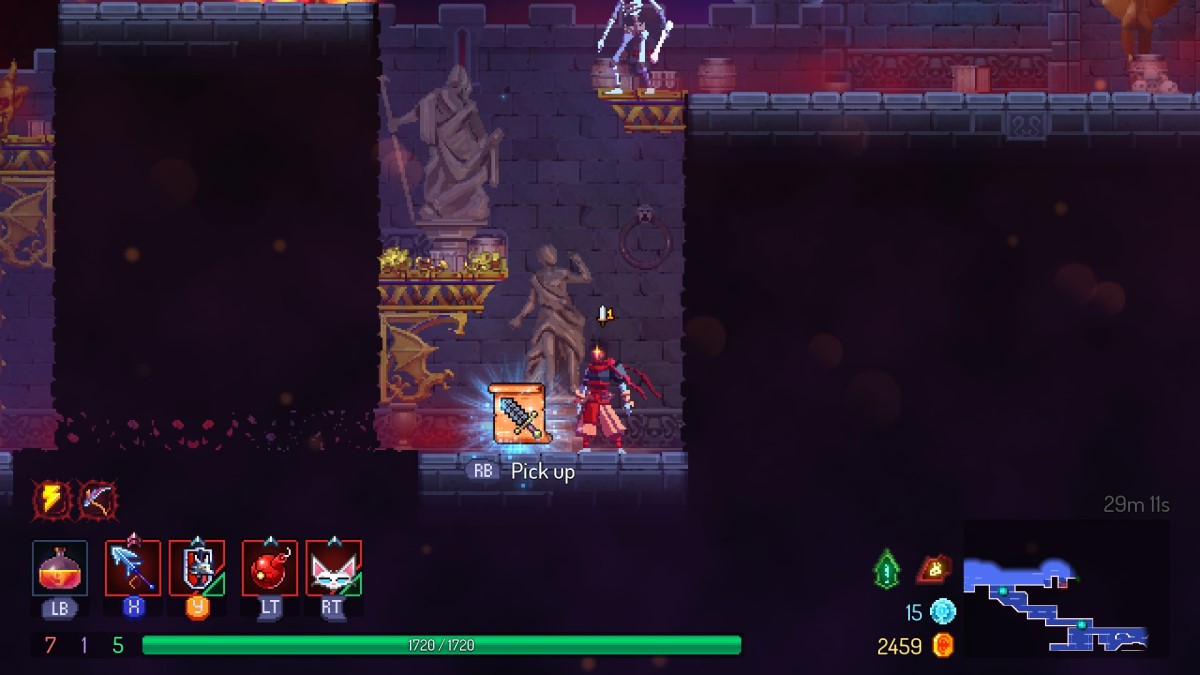
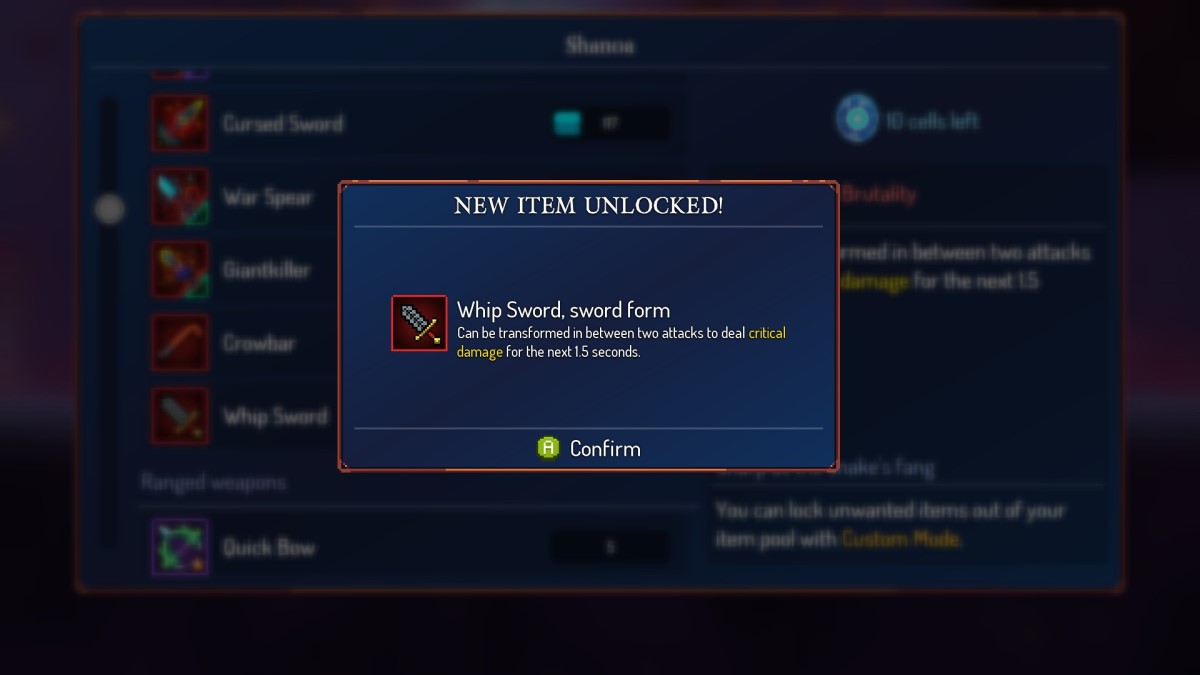
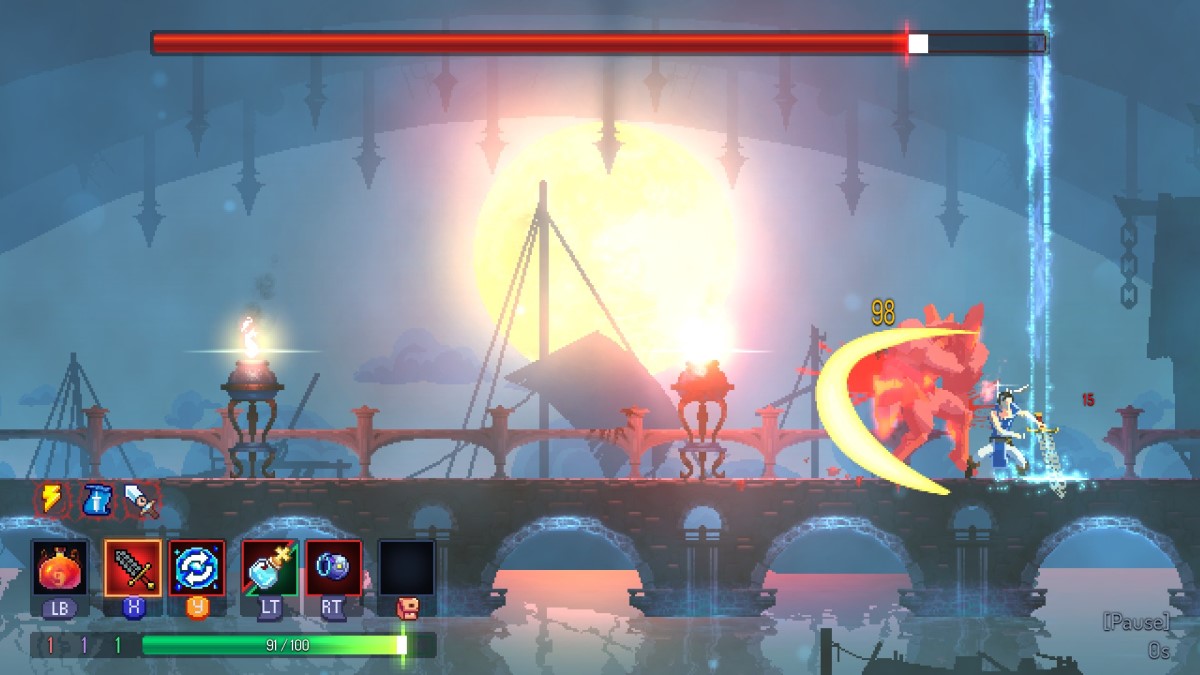
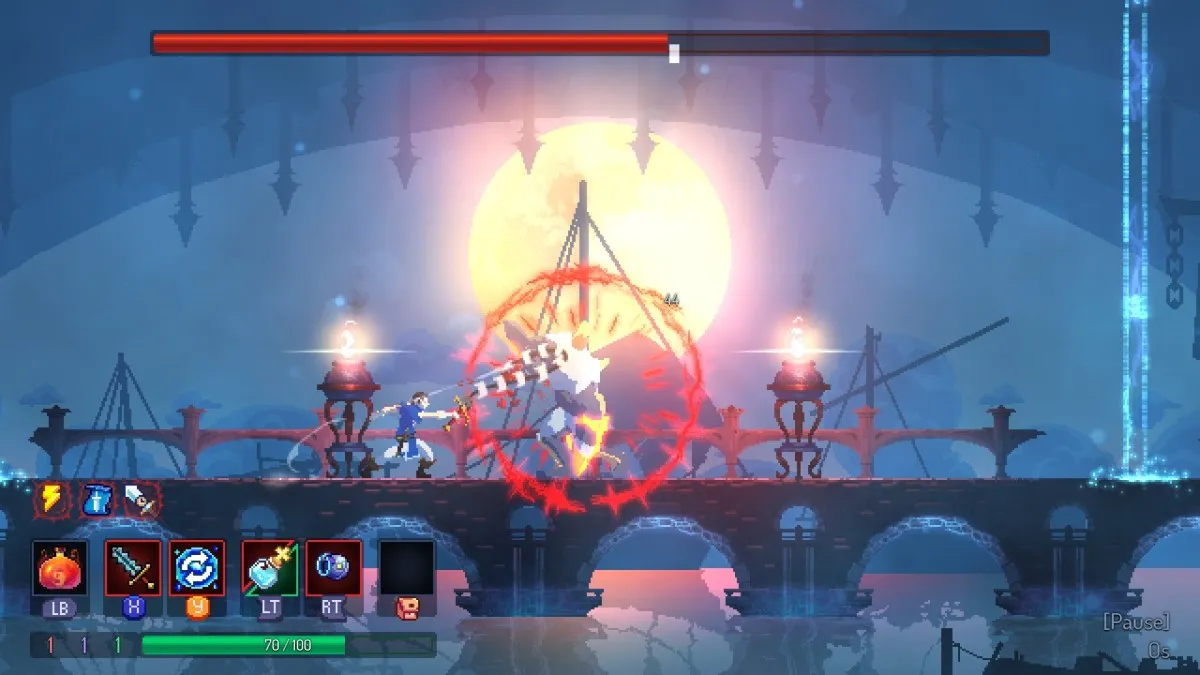
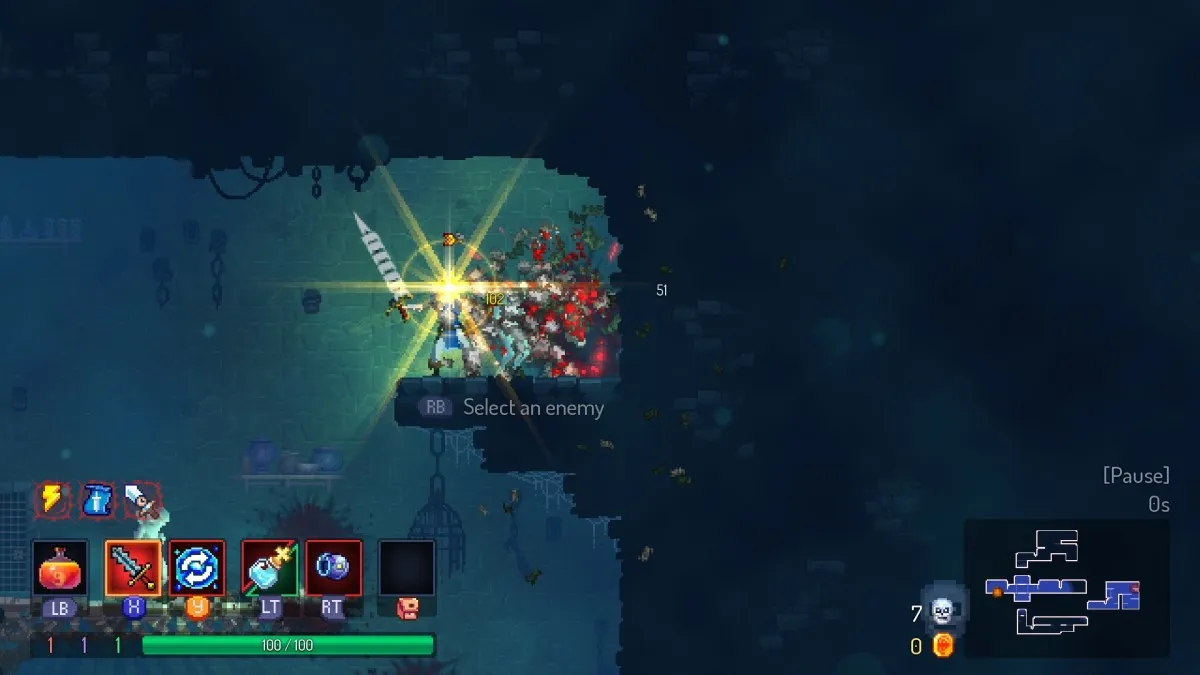
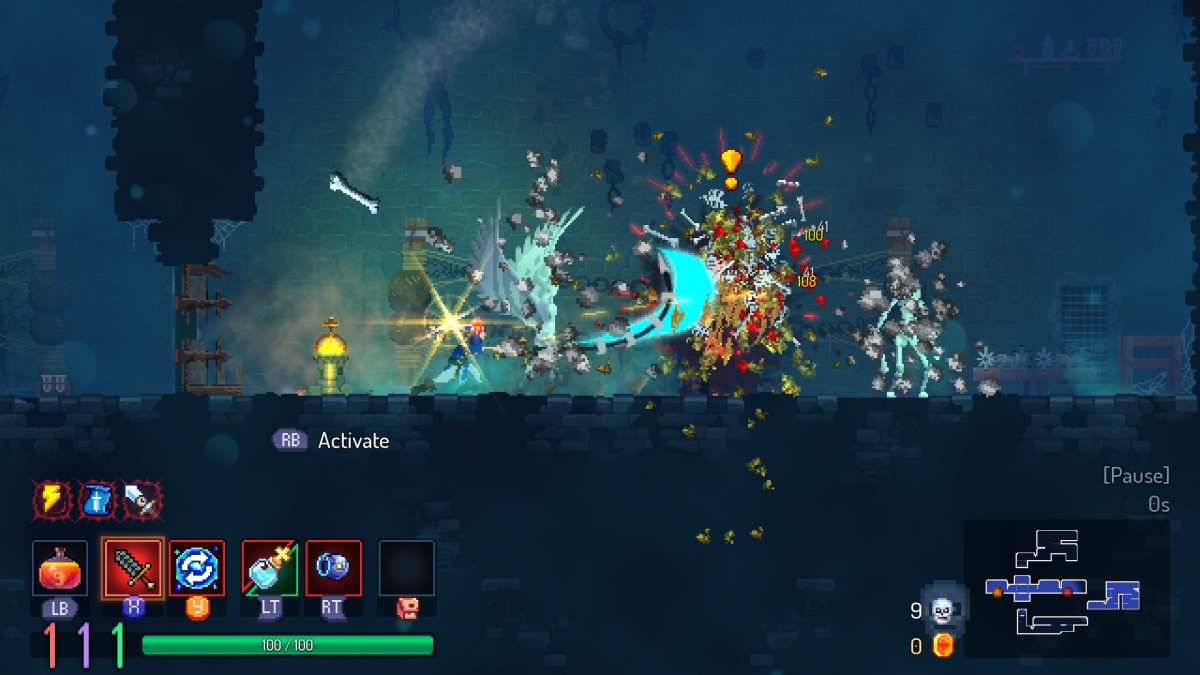


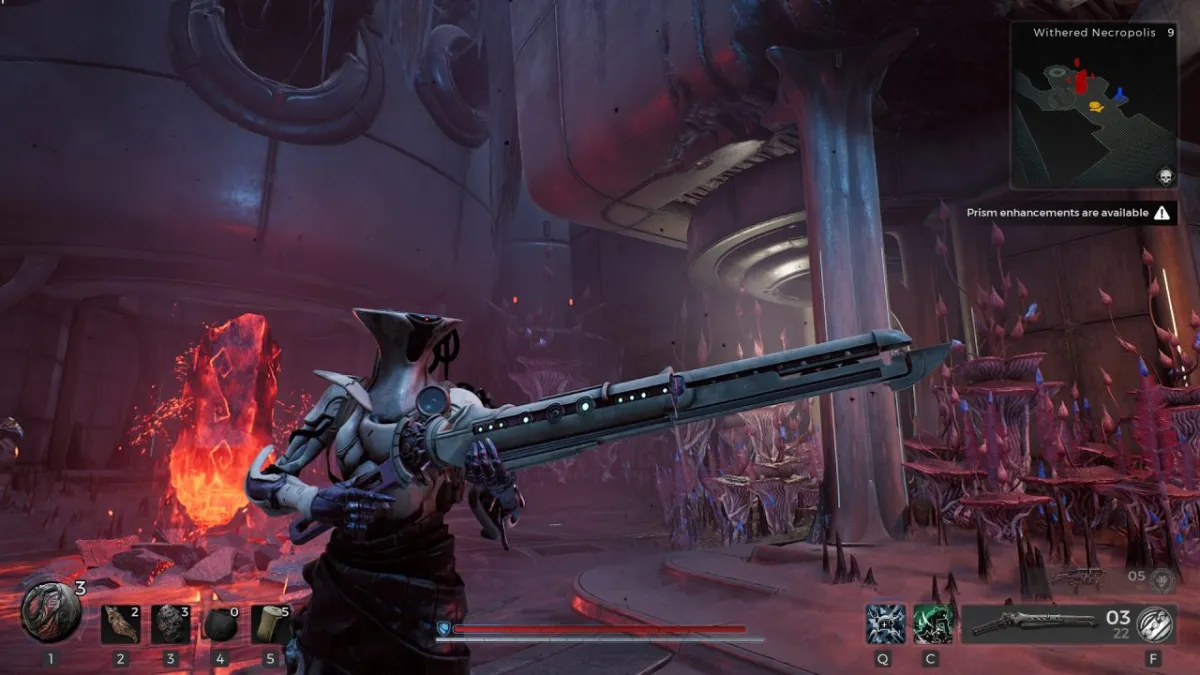


Published: Mar 23, 2023 10:25 am